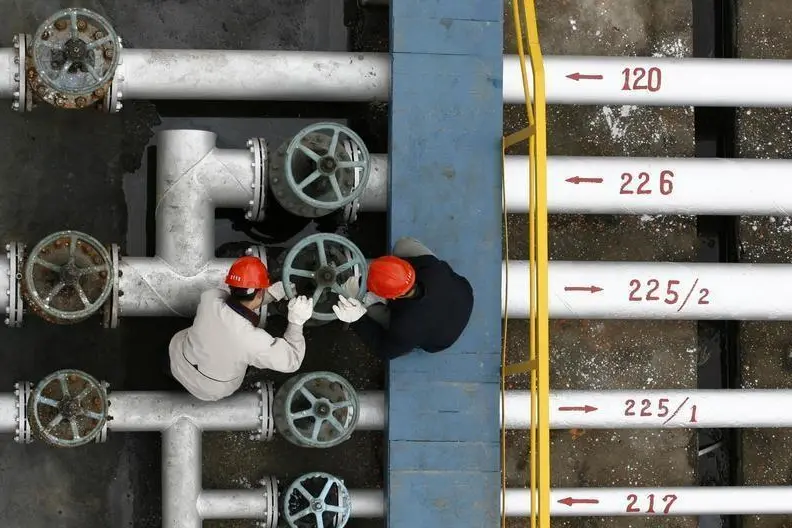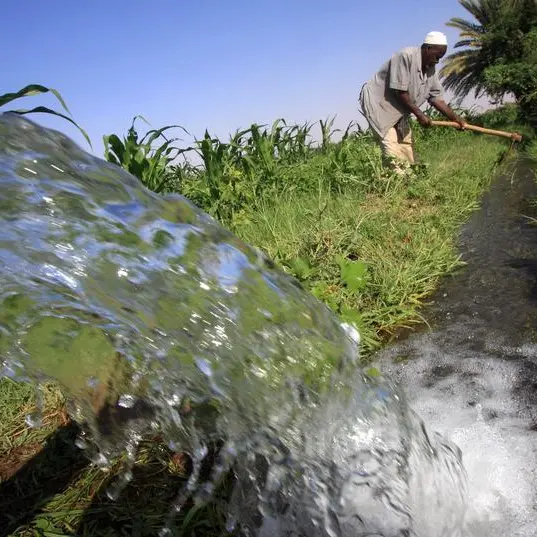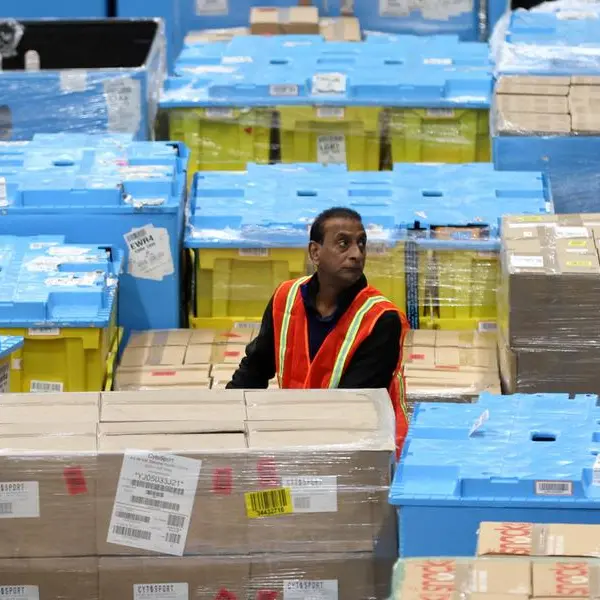PHOTO
(The opinions expressed here are those of the author, a columnist for Reuters.)
LAUNCESTON, Australia - China's crude oil market is unambiguously weak.
Not only has the world's biggest importer seen a fall in arrivals in the first half of the year, it has also been boosting the volumes being added to stockpiles.
China added 1.48 million barrels per day (bpd) to either commercial or strategic oil stockpiles in June as lower refinery throughput outweighed soft crude imports.
For the first half of 2024, China put about 900,000 bpd into storage tanks, and this amount has been accelerating in recent months.
The tepid imports and the increasing volume of inventory builds undermine the still bullish demand 2024 forecasts from industry groups such as the Organization of the Petroleum Exporting Countries (OPEC) and the International Energy Agency (IEA).
China doesn't disclose the volumes of crude flowing into or out of strategic and commercial stockpiles, but an estimate can be made by deducting the amount of crude processed from the total of crude available from imports and domestic output.
The total crude available to refiners in June was 15.67 million bpd, consisting of imports of 11.30 million bpd and domestic output of 4.37 million bpd.
The volume of oil processed by refiners was 14.19 million bpd, down 3.7% from June 2023, according to official data released on Monday.
For the first half of 2024, the total volume of crude available was 15.34 million bpd, while refinery throughput was 14.44 million bpd.
This means that refiners processed 900,000 bpd less crude than what was available to them, which is up from the 790,000 bpd for the first five months of 2024.
The overall picture that emerges from China oil sector is one of weakness, with no evidence of accelerating demand.
Crude oil imports were 11.05 million bpd in the first half of the year, down 2.9% from the 11.38 million bpd recorded over the same period in 2023.
Refinery processing was also down 0.4% for the first half, and the volume of crude flowing into stockpiles has been accelerating over the first six months of the year, with June's 1.48 million bpd being the highest since June 2023.
If there is a sign of strength in China's oil sector, it's domestic production, which at 4.37 million bpd in June was highest daily output since June 2015.
Domestic output was 4.39 million bpd in the first six months of the year, up 1.9% from the same period last year.
But in some ways higher domestic output is a bearish factor, given that it lowers the need for imports, and it is import demand that largely factors into global crude prices.
SECOND-HALF REBOUND?
With China's first-half crude imports and refinery processing being weak, the question is where does that leave expectations that 2024 is going to see global oil demand being led by the world's second-biggest economy?
Basically, it means that China is going to have to have an exceptionally strong second half, which in turn implies a robust recovery in economic growth, signs of which remain elusive so far.
OPEC still expects China's oil demand growth to rise sharply over 2024 as a whole, with the producer group's July monthly report forecasting an increase of 760,000 bpd for the year as a whole, which was actually up from the June report estimate of 720,000 bpd.
The IEA is more modest in its forecast for China, expecting an increase in demand of 500,000 bpd for 2024.
But both of these forecasts appear highly optimistic in the light of the weak import and refinery performance in the first half.
The opinions expressed here are those of the author, a columnist for Reuters.
(Editing by Stephen Coates)























